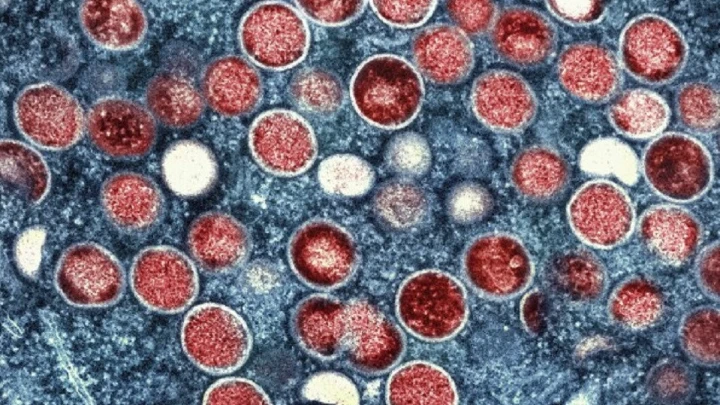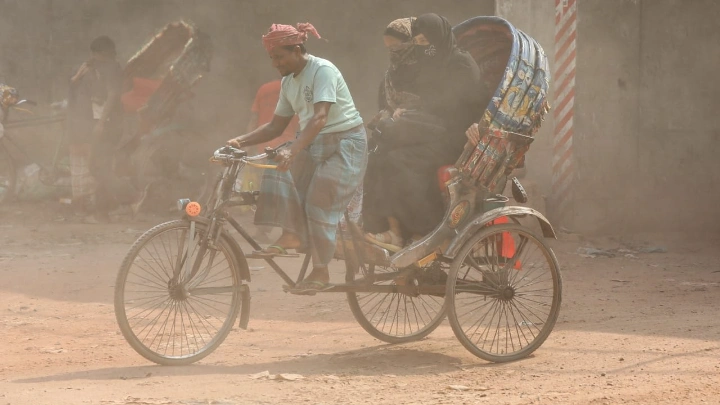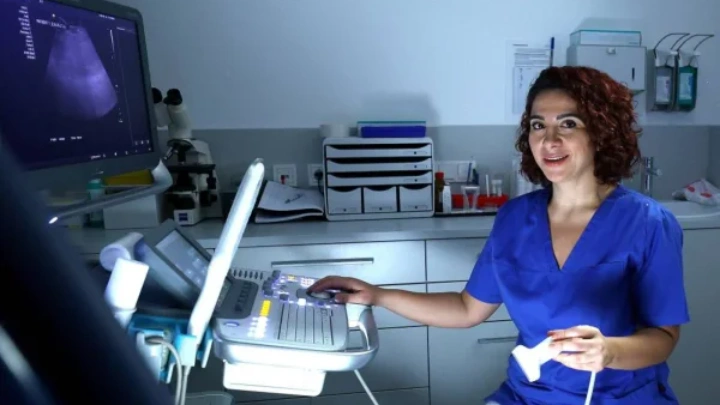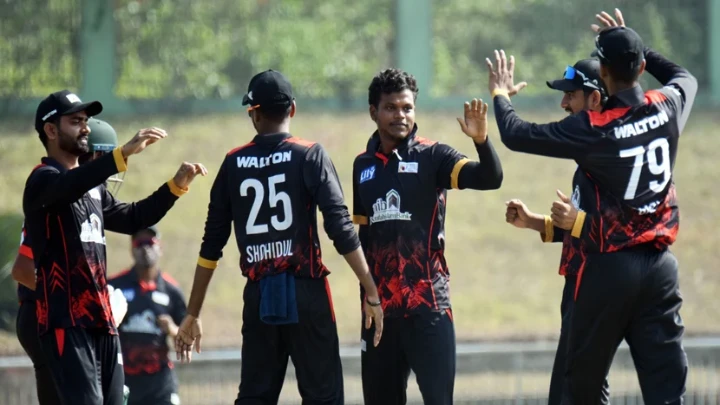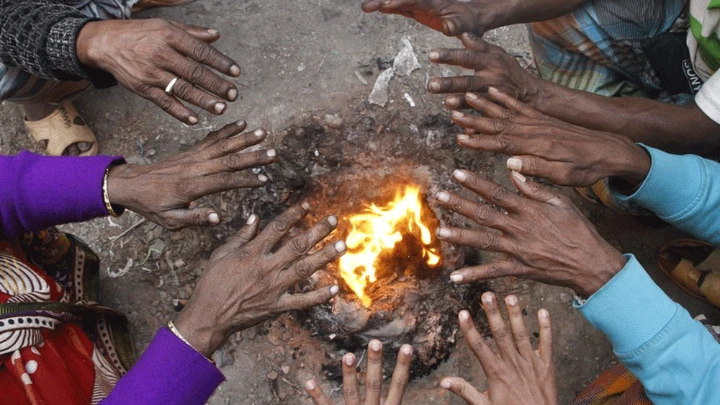Aedes beyond control!
DailySun || Shining BD
Despite anti-mosquito drives, the density of Aedes mosquito has been increasing across the country, especially in the capital and its adjacent two cities, resulting in the rise of number of dengue patients and deaths.
According to the Directorate General of Health Services (DGHS), the dengue has already become endemic in the country while it has spread to all the 64 districts.
Around 1,000 dengue patients are being reported in Dhaka city while around 2,000 in other areas across the country every day for the last few days.
“If Aedes mosquito cannot be brought under control, then the number of dengue patients will continue to increase. The dengue situation depends of mosquito control,” Prof Dr Nazmul Islam, director (Disease Control) of the DGHS, told the Daily Sun.
Though the Dhaka north and south city corporations conducted combing drive against the Aedes mosquito in July, they cannot stop spreading the vector of the dengue disease while it is continuously spreading.
The country is facing deadliest situation for dengue disease this year as the highest ever number of dengue deaths has already been reported since the first official outbreak in 2000.
The DGHS in its ‘monsoon survey’ in August has found alarming level of density of Aedes mosquito, larvae and breeding grounds in houses of both Dhaka north and south city corporation areas and the density is the highest ever in last five years.
The survey conducted between 25 August and 3 September in 1,335 houses of 40 wards of Dhaka North City Corporation (DNCC) and in 1,815 houses of 59 wards of Dhaka South City Corporation (DSCC) has found high density of larvae of the Aedes mosquito in a large number of houses.
During the survey, high density of larvae was found in 23.52 percent houses of the DNCC and in around 19 percent houses of the DSCC.
Earlier, during pre-monsoon survey, larvae were found in 20 percent houses of the DNCC and in 15 percent houses of the DSCC. The 10-day survey was conducted until August 23 in 3,149 households in 98 wards of the DSCC and the DNCC.
Compared to the last year's monsoon survey of the DGHS, this year's survey found 10 percent more larvae in North City and 7 percent more in South City.
During the survey, Breteau Index (BI), House Index (HI), Container Index (CI) and Pupal Index (PI) were measured to find out the density of breeding grounds of Aedes mosquitoes. BI measures the number of water-holding containers infested with larvae per 100 houses.
In this monsoon survey, the health directorate surveyors also found more than 20 BI in 75 percent of areas of the DNCC while more than 20 BI was found in 19 percent areas of the DSCC.
Highest density of the Aedes mosquito has been found in Tejgaon industrial area of ward no. 24, Pallabi, Mirpur area of ward no. 6 in DNCC while the highest larvae was also found in Kakrail, Shiddeshwari and Pashchim Malibag of ward no. 19 and Segunbagicha, Gulistan, Press Club and Dhaka Medical College areas of ward no. 20 of the DSCC.
Aedes mosquitoes and larvae were found in construction houses, multi-storied houses, abandoned empty plots, plastic buckets, and used discarded tires in the capital, during the survey.
Dr Khalilur Rahman, former chief medical entomologist of the DGHS who was involved with the survey, said the Aedes mosquito has increased due to lack of sufficient proper anti-mosquito drive.
“House to house visit and solid waste management are urgent to control the Aedes mosquito. If winter delays this year, then the dengue transmission may be longer,” he added.
The DNCC and the DSCC where the presence of mosquito larvae is high, has spent a large amount of money in controlling the mosquito in the past five years, sources said.
The DNCC has spent Tk 285 crore 69 lakh while the DSCC has spent Tk 136 crore in the last five years in controlling the dengue mosquito.
Talking to the Daily Sun, health officials of Dhaka south and north city corporations said they use temephos larvicide to destroy larvae of Aedes mosquitoes in the morning while they spray with fogging machines using Malathion to destroy adult mosquitoes.
Dr Fazle Shamsul Kabir, Chief Health Officer (In-charge) of the DSCC, claimed that the dengue comes under control in the area as only around 50-60 patients are reported daily.
“In the survey, it has been shown that 34 wards are risky for dengue in the DSCC. We will start a crash anti-mosquito drive from Saturday in the areas that will continue for nine days,” he added.
Brig. Gen. AKM Shafiqur Rahman, Chief Health Officer of the DNCC, said they have destroyed the Aedes mosquito in most of the areas of the city except a few areas.
“But people have to ensure zero Aedes breeding inside their houses as our team can’t enter inside the houses or rooms,” he said.
The high density of Aedes mosquito, vector of the deadly disease dengue, also has been found at the outskirts of Dhaka city in Gazipur and Narayanganj cities, putting the city dwellers at risk of dengue.
A survey has found more than 20 BI in 24 wards of Gazipur city and in more than 10 BI was found in 14 wards of the city. The highest BI was found in wards-46, 47, 50, 54, 38, 29, 24, 16, and 39.
In Narayanganj, all the 27 wards were brought under the survey which found more than 20 BI in 11 wards and more than 10 BI was found in seven wards. The highest BI was found in wards-14, 24, 13, 27, 19, 20, 23, 5 and 4.
The DGHS sources said during a survey in July conducted in 15 districts, including Chattogram, Rangamati, Jashore, Barishal, Rajshahi, Patuakhali and Barguna, it was found that the Aedes larvae was found in the villages.
Shining BD





